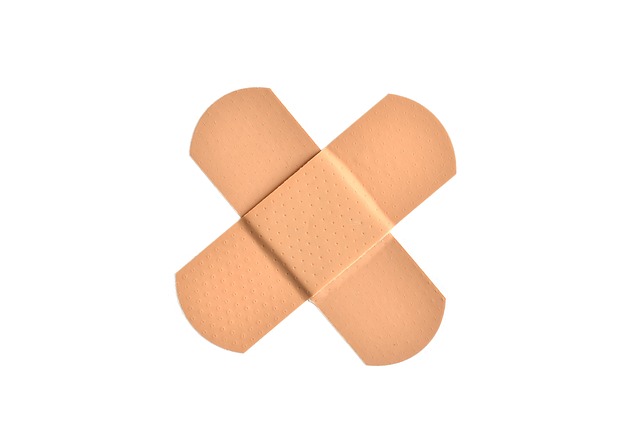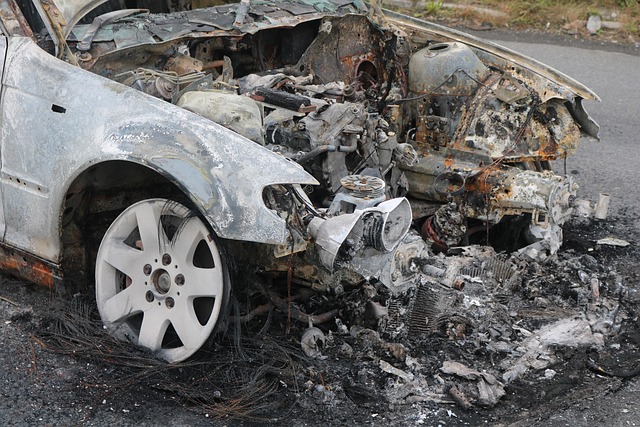Dog Bite Premises Liability is the legal responsibility of property owners for harm caused by their dogs, with many jurisdictions holding them liable if negligent in controlling or safeguarding against potential dangers. Comparative fault plays a crucial role, equitably apportioning liability between victims and owners based on negligence or contributory behavior. Navigating these cases requires understanding legal principles, case studies, and assessing knowledge of the dog's behavior and victim awareness. Case law guides property owners and aids legal professionals in strategizing claims and defenses, focusing on demonstrating negligence and comparing fault to determine liability.
Dog bites can lead to severe injuries and legal repercussions, especially when they occur on someone else’s property. This article delves into the intricate world of dog bite premises liability, exploring the legal responsibilities of property owners and how comparative fault plays a crucial role in apportioning liability. We navigate complexities through real-world case studies and offer strategies for navigating these claims. Understanding these principles is essential for both victims seeking justice and property owners aiming to protect themselves legally.
- Understanding Dog Bite Premises Liability: Legal Responsibilities for Property Owners
- The Role of Comparative Fault: Apportioning Liability in Dog Bite Cases
- Navigating the Complexities: Case Studies and Strategies for Claims
Understanding Dog Bite Premises Liability: Legal Responsibilities for Property Owners

Dog Bite premises liability refers to the legal responsibility of property owners when their dogs cause harm to others on their premises. In many jurisdictions, a property owner can be held liable for dog bites under certain conditions, such as if the owner was negligent in controlling or safeguarding against the dog’s potential dangers. This includes failing to warn visitors about known aggressive behavior or not taking adequate measures to prevent escapes.
Understanding dog bite premises liability is crucial for homeowners and renters alike. An experienced car accident lawyer or auto accident lawyer can guide you through these complexities, ensuring you receive just compensation if you’ve been bitten by a dog on someone else’s property. They can help navigate the legal process and explore your options, especially when dealing with unexpected incidents like dog bites, which can cause physical pain, emotional distress, and significant medical bills.
The Role of Comparative Fault: Apportioning Liability in Dog Bite Cases

In dog bite premises liability cases, the role of comparative fault is crucial. This concept compares the negligence or contributory behavior of both the victim and the property owner to apportion liability. When a dog owner is found negligent, such as failing to properly secure their dog or warn visitors about its known aggressive behavior, this doesn’t automatically absolve the victim. Instead, the court evaluates each party’s actions to determine their respective levels of fault.
Comparative fault ensures that victims aren’t unjustly penalized for their own actions, like approaching a restrained but aggressive dog too closely. Conversely, it also prevents property owners from escaping responsibility when they’ve been clearly negligent. This balanced approach facilitates property damage claims and, in some cases, even medical malpractice or elder law considerations, ensuring that all parties are held accountable according to their level of contribution to the incident.
Navigating the Complexities: Case Studies and Strategies for Claims

Navigating the complexities of dog bite premises liability cases requires a deep understanding of both legal principles and specific case studies. Each situation is unique, with its own set of facts and circumstances that can significantly impact the outcome. For instance, determining liability often involves assessing the owner’s knowledge or ignorance regarding their dog’s aggressive behavior, as well as the victim’s level of awareness or contribution to the incident. Case law provides valuable insights into these matters, offering guidance on when property owners can be held responsible for dog bites occurring on their premises.
Strategizing for claims in such cases demands a nuanced approach. If a plaintiff is seeking injury compensation for serious injuries sustained from a dog bite, they must demonstrate negligence or intentional misconduct on the part of the property owner. This might include proving that the owner had actual or constructive knowledge of the dog’s dangerous propensities and failed to take reasonable precautions. On the other hand, defendants may invoke comparative fault arguments, suggesting that the victim’s actions or inactions contributed to the incident. Analyzing these factors through relevant case studies can help legal professionals build robust strategies for both plaintiffs pursuing wrongful death claims and defendants aiming to mitigate liability.
Dog bite premises liability is a complex legal area, with property owners facing potential responsibility through strict liability laws. Comparative fault plays a crucial role in apportioning liability, considering various factors such as the victim’s actions and the owner’s negligence. Navigating these complexities requires careful consideration of case studies and strategic claims management to ensure just outcomes for all parties involved in dog bite incidents.






